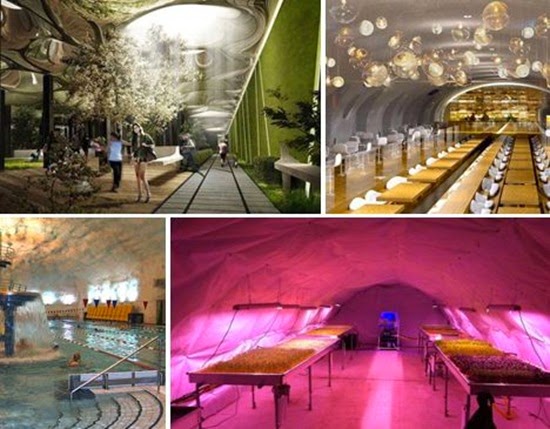
Far below the bustling cities of London, Paris, Montreal, New York and Helsinki are subterranean spaces ranging from dark, dank and dangerous storm drain tunnels to entire complexes complete with shopping malls and swimming pools. Some are the result of cities deciding to build down rather than out, while others remain populated only by fringe communities as officials ponder transforming them for legal public use.
1. Underground Farm in London Air Raid Tunnels
Below the London Underground, in a deep subterranean level of World War II bomb shelters, is a sight you’d never expect to see: ‘Growing Underground,’ an experimental farm producing hydroponic crops over 2.5 acres of the abandoned passages.
Elevated, rodent-proof tables placed beneath growing lights coax garlic chives, radishes, watercress, coriander, thai basil and other edibles. Growing in this underground space means 70% less water is required than above-ground farming, and there’s also no need for pesticides.
The operation provides hyper-local micro greens to restaurants, wholesalers and retailers within the city, and the company plans to expand into tomatoes and mushrooms.
2. Stunning Makeover for Paris Underground
What could the abandoned subway stations beneath Paris potentially hold? One city mayoral candidate is working with architects to examine new purposes for these vast, neglected spaces, including restaurants, theatres, night clubs, parks and swimming pools.
They’re large, strong, open spaces with great acoustics, already located near major urban hubs, ready to be reclaimed by the public. Eight stops in total have been deemed suitable for the project, some of which have been boarded up for nearly a century.
3. Helsinki Underground ‘Shadow City’
Finland’s capital city has decided to fight sprawl by building down rather than out, building an underground city containing a swimming pool, shopping district, church, hockey rink, data centre and ‘parking caverns.’
For Helsinki, this makes perfect sense (especially for the data centre), as the city is built on rock that’s naturally insulating. Building down avoids the need for ugly parking decks, and also provides storage for things like coal.
Officials plan to continue expanding these spaces including another 200 underground structures, new metro lines and a road tunnel project that will connect existing access roads leading into the city.
4. RÉSO Underground Complex, Montreal, Canada
Montreal’s Underground City, officially known as RÉSO, is a series of interconnected spaces in and beneath the downtown area. It’s one of the largest underground complexes in the world with over 20 miles of tunnels spread over a 4.6 square mile area, containing shopping malls, hotels, condos, banks, offices, apartments, museums, universities, seven metro stations, two commuter train stations, a regional bus terminal, an amphitheatre and an arena. More than 120 access points connect above-ground Montreal to this underground city.
The first link began in 1962 with the construction of the Place Ville-Marie office tower and underground shopping mall, built to cover railway tracks that were considered an eyesore. The fact that the complex links so many transit stations enables Canadians and visitors to avoid nasty weather when traveling from one area of the city to the next.
5. New York’s Netherworld
The subject of many a myth and legend, New York’s underground is said to be home to everything from alligators to mutated cannibalistic humanoids. There’s no doubt that these places are dark, grimy and rat-infested, lurking below the streets in sharp contrast to the gleaming Manhattan that has evolved from its grittier 1970s-era past into an increasingly luxurious metropolis. And the truth is, homeless people do live down there.
Referred to as the ‘Mole People,’ New York City’s underground residents make use of these abandoned spaces, living off restaurant leftovers and organizing their daily routines around the rumbling sounds of the trains. Even people who don’t live underground flock here to hold secret events and parties.
But after the success of other urban reclamation projects like The High Line, city officials and residents have turned their attention to these unused spaces. ‘Delancy Underground’ is one proposal, envisioning an underground park in an abandoned trolley terminal that uses advanced solar technology to transmit natural sunlight deep into the cavernous spaces. The Low Line project was brought before the Community Board and is being considered as a viable option for growing the city using spaces that already exist.
6. The Tunnel People of Las Vegas
The drain tunnels under glitzy Las Vegas aren’t exactly the most welcoming place to live. They’re dark and wet, and at any time, a major weather event could flood them completely, washing away everything within. But that doesn’t stop people from setting up surprisingly comfortable homes - on pallets and plastic crates, to keep their possessions from getting soaked by the inch or two of water that’s constantly on the ground.
Nobody knows just how many people live in underground Vegas, but journalist Matthew O’Brien, who has explored the tunnels extensively, says an entire community numbering perhaps a thousand exists, and he’s even seen evidence of children, like toys and teddy bears strewn around.
The inhabitants set up their little homes with cast-off furniture, and one tunnel is even dedicated to a graffiti gallery.
7. SubTropolis, Kansas City, Missouri, USA
Claimed to be the world’s largest underground storage facility, SubTropolis is a 55-million-square-foot manmade cave in the bluffs above the Missouri River in Kansas City. It reaches depths of 160 feet below the surface and is made up of a grid of 16-foot-high, 40-foot-wide tunnels with almost seven miles of illuminated, paved roads, and several miles of railroad track.
Unlike other underground facilities used for storage, this wasn’t reclaimed - it was expressly built for this purpose and houses about 50 businesses and organizations including the United States Postal Service, a training and logistics centre for the U.S. Environmental Protection Agency, Hallmark Cards, Safeway Stores offices and Grantham University. The spaces are climate-controlled and require very little heating and cooling by virtue of the insulating rock.
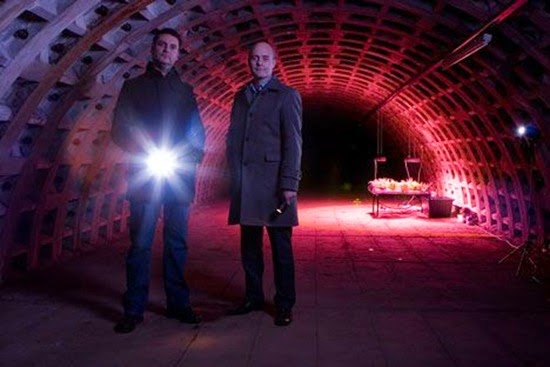
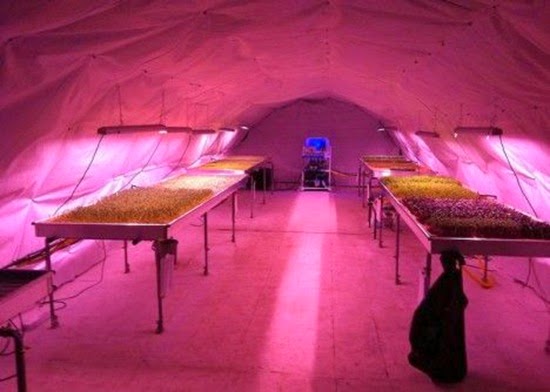
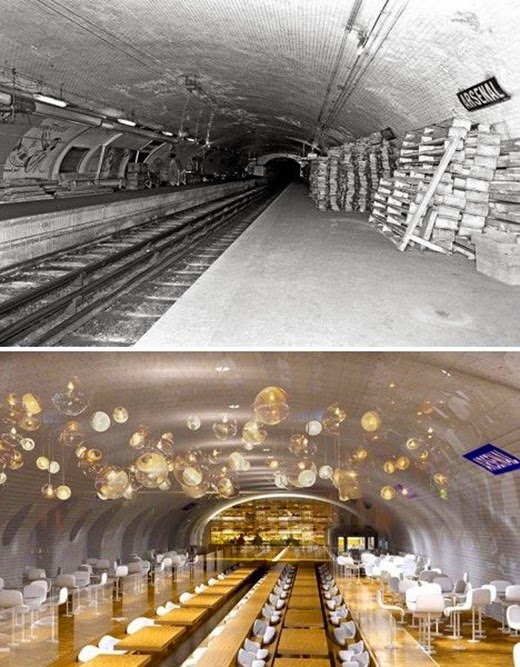
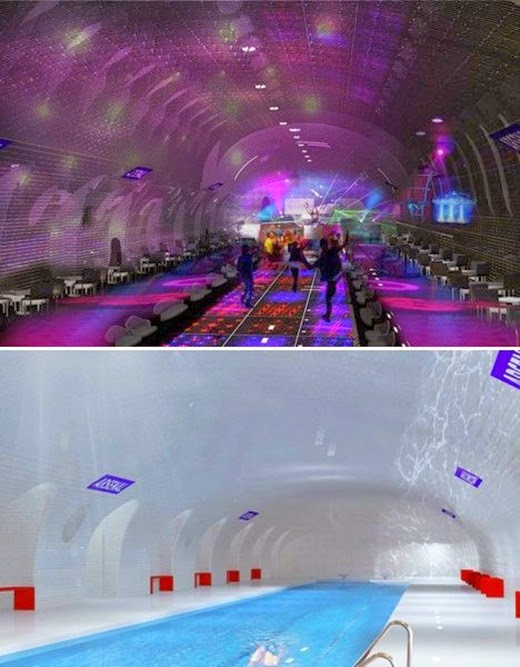
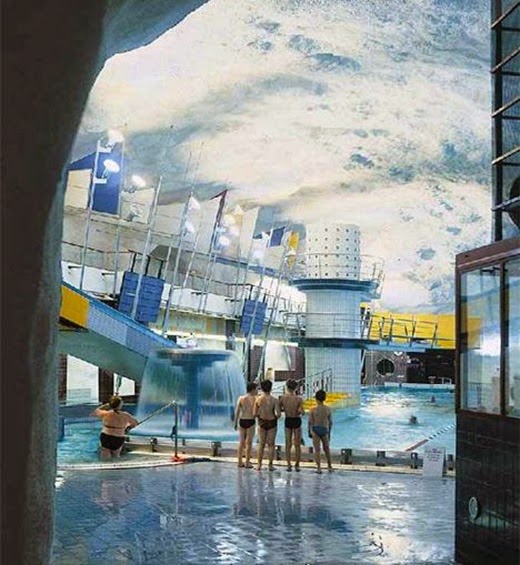
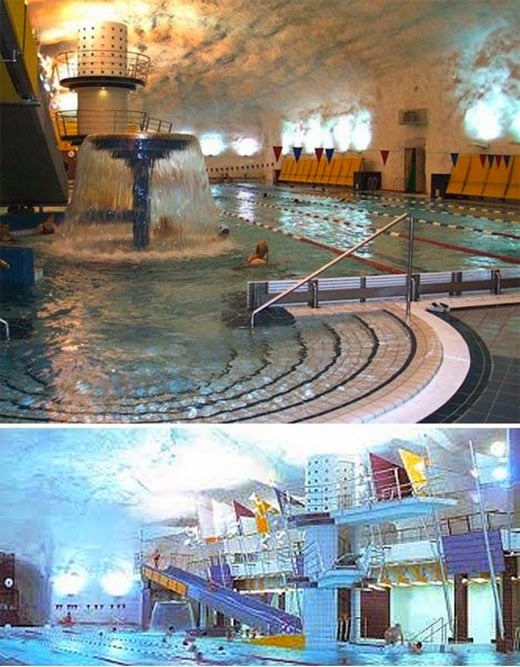



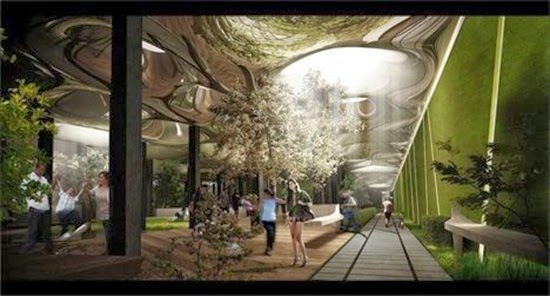
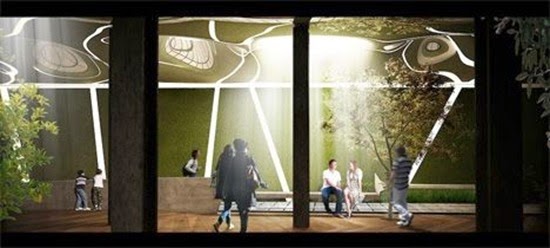
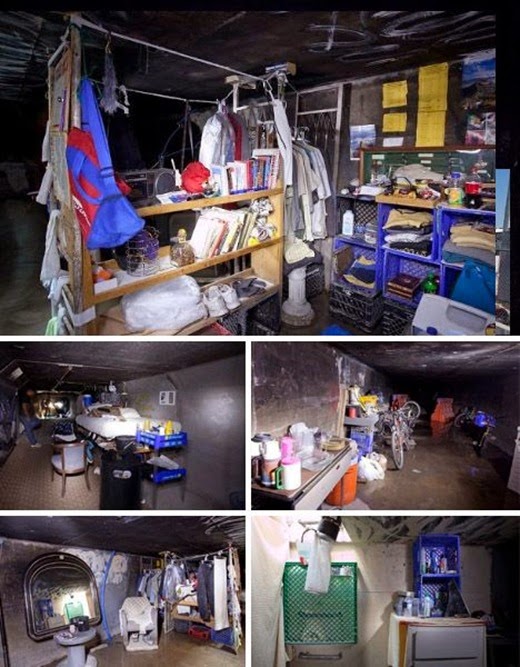

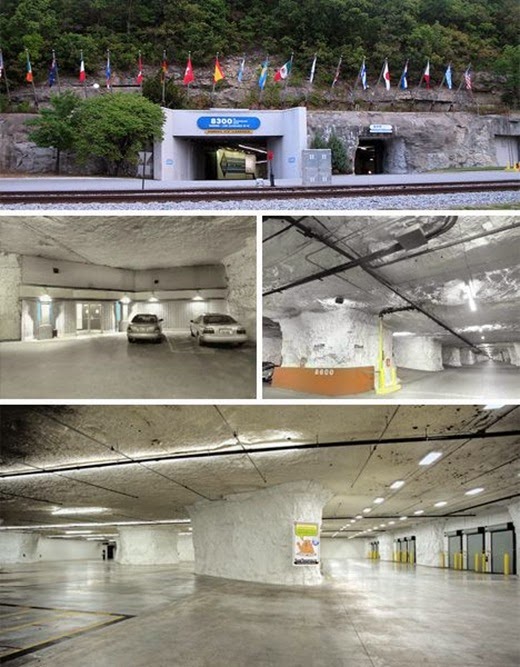
No comments:
Post a Comment
Please adhere to proper blog etiquette when posting your comments. This blog owner will exercise his absolution discretion in allowing or rejecting any comments that are deemed seditious, defamatory, libelous, racist, vulgar, insulting, and other remarks that exhibit similar characteristics. If you insist on using anonymous comments, please write your name or other IDs at the end of your message.